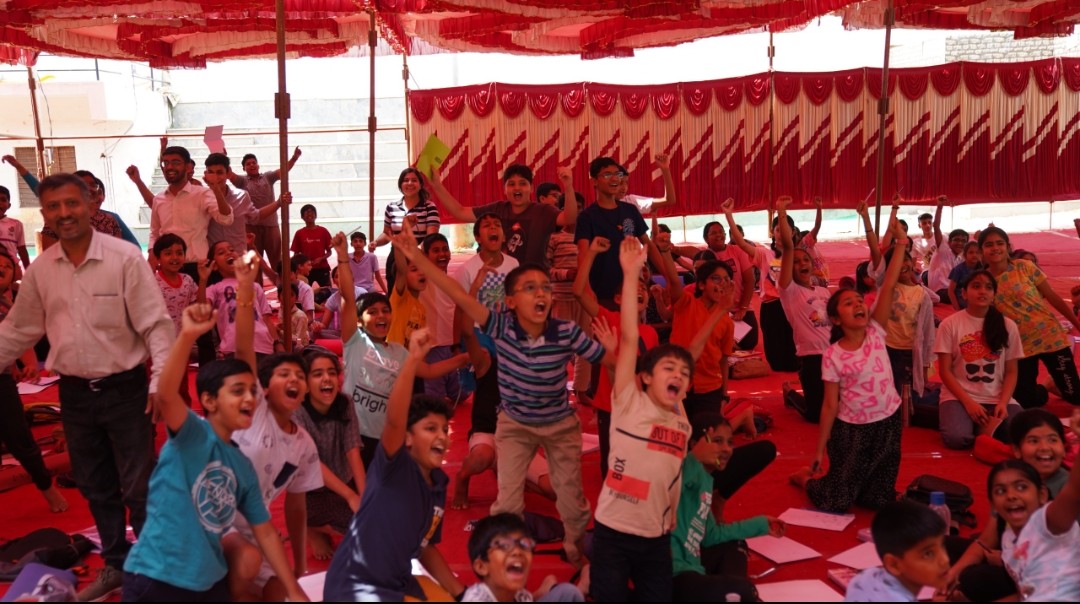The Director (Technical), (NPCIL), Shri S.A. Bharadwaj addressing a Scientific Meet…
| The Director (Technical), (NPCIL), Shri S.A. Bharadwaj addressing a Scientific Meet on Radiation and Cancer, in New DelhiNo Occupational Worker Left the Job Because of Radiation – “Bharatwaj”Employees Working in Close Proximity of Radiation Not Prone to Any Higher Rate of Occurrence of Disease than the General Public |
| The employees working in nuclear power stations in the close proximity of radiation are not prone to any higher rate of occurrence of disease, particularly ‘cancer’, than the general public. Addressing media here today, Dr K.M.Mohandas, Director (CCE) , Tata Memorial Center (TMc) said that the misconception has to be cleared.Quoting a Study which has been conducted by Nuclear Power Corporation of India Limited (NPCIL) for the period 1995 to 2010, he said that the employees working in nuclear power stations in the close proximity of radiation are not prone to any higher rate of occurrence of disease, particularly ‘cancer’, than the general public. The study covered health profile of its employees at nuclear power stations for over 15 years.According to the scientific studies, the average natural incident rate of cancer amongst the general public is 98.5/lakh among NACIL employees. Dr. Mohandas, while speaking on the radiation and cancer, cited interesting facts based on studies on 17700 workers of the uranium mining in Canada, who have been tracked for over last several decades, are found to be keeping better health than the general public in Canada. This is in sharp contrast to the general public perceptions and indicates and indicates on linkage between nuclear power and occurrence on cancer.Shri S.A.Bhardwaj, Director (Technical), NPCIL, explained that radiation is present everywhere in nature, including the houses in which we live, the water we drink, and the food we eat, etc,. Another point worth noting is that radioactive elements like Potassium-40, Radium-226 and Radium -228 are also present naturally in the human body.The omnipresent natural background radiation is regularly measured all over the country by Indian Environmental Radiation Monitoring Network (IERMON) system of Bhabha Atomic Research Center (BARC) including the surrounding areas of nuclear power plants prior to the setting up of these and during their operation, by an independent Environmental Survey Laboratory (ESL) at each of the nuclear power plant sites. These measurements over several years have established that the amount of radiation in the surrounding areas of the nuclear power station is barely measurable even using ultra-sensitive instruments.The routine medical diagnostic procedures such as dental X-ray, chest X-ray, CT scan, etc. deliver radiation doses contains several times higher radiation than those a nuclear power plant. Dr Mohan Das added for example, chest X-ray exposes a patient to far more radiation each time than a nuclear power plant would in about in about 20 years!Dr R Deolalikar, Certifying Surgeon, NAPS, Narora gave retrospective analysis of Health profile of employees of a nuclear power plant. Tata Memorial Center, in association with the prominent local medical colleges, has carried out epidemiological survey of NPCIL employees at each nuclear power plant site in India. The study has found that the prevalence of congenital birth defects/anomalies is only 0.51% among the NAPS employees as against 1.4% prevalent in Mumbai as brought out by an exhaustive study at a large maternity hospital in Mumbai. It was recognized that the apprehensions about the radiation and nuclear power stations could be allayed by educating the general public. The scientific-workshop-cum-press meet titled ‘Scientific Meet on Radiation & Cancer’ was organized by Narora Atomic Power Station (NAPS) of Nuclear Power Corporation of India Limited (NPCIL) in a series of initiatives to provide information on nuclear power. Essential information on radiation and cancer based on the scientific studies carried out by Tata Memorial Center and NPCIL over the last several Years were shared with media. |






